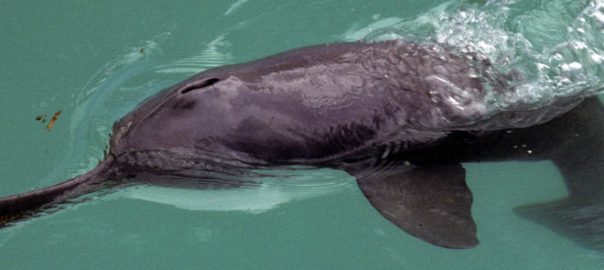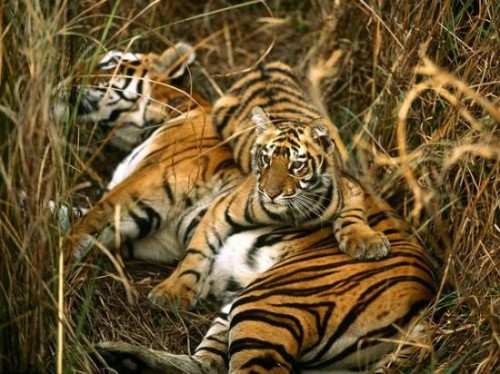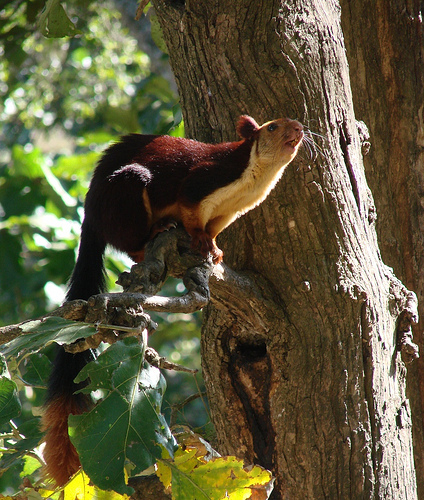Dolphin sighting is always a pleasure to the eye.. .and it becomes all the more pleasurable when its a rare river dolphin that is spotted. About 19 endangered gangetic dolphins were sighted in a major stretch of the Ganga in Fatehpur district by a team that had been out to survey the number of the endangered species.

This dolphin census was jointly arranged by experts of IIT- Delhi , University of Tokyo(Japan) and the Society for Conservation of Nature with a view to determine the exact number of this endangered species. Sonar monitoring systems and camera-fitted balloons were used in the 35-km stretch of Ganga at Bhitora Ghat for conducting the survey which is expected to help in conservation of the species.
Read More: Kolkata’s New Resident, Rare Gangetic Dolphin
The good news is that the number of dolphins in the stretch has increased from last year when the forest department found only seven dolphins in the same region.
The 35 km stretch of the Ganga has been found to be ideal for the endangered Gangetic dolphins. Harumi Sugimatsu, an acoustical engineer associated with the University of Tokyo’s Institute of Industrial Science, who is part of the team explained, more dolphins were found in both up and down streams of the Ganges.
“While five dolphins were sighted in the upstream towards Kanpur, 14 others were counted inhabiting near Durga Ghat at Bhitora in the up and down streams,” said Rajendra Bahl, professor in Centre for Applied Research in Electronics at the IIT, Delhi.
This census was undertaken as wildlife enthusiasts regularly reported dolphin sightings and there was a need to determine the exact number of dolphins in that particular stretch of Ganga.
How the census works
The ganges river dolphins are nearly blind and depend on echolocation to move around. This is where the use of hydrophone comes in – microphones that work under water.

A hydrophone system is dangled in the water from a boat’s prow. Instead of an individual hydrophone, an array of hydrophones is used – a single piece of equipment holding six hydrophones is used. These sensors pick up sounds from all directions. As dolphins move, more sonar beams are captured. Each pair of hydrophones acts like a pair of ears.
Read More: From Gharials To Dolphins Yamuna River Lifeline To Many Species
Triangulation is used to locate the source of sounds. A dolphin click, moving at the speed of sound through water (about 1500 m/s) reaches one end-point hydrophone, a fraction of a millisecond before the other. The hydrophone in the middle acts a ‘third ear’ to provide another data point, thereby providing more precision. The system then computes the distance travelled by the sound to reach each hydrophone to determine the dolphins’ direction and distance. The system runs the calculation for both sets of ears for every 40 microsecond clicks.
The system can pinpoint a dolphin’s locations precisely to within a few metres, making it very accurate and useful to track individual creatures.
Watch How The Survey Was Conducted







I visited the Om ghat yesterday. Was such a treat to see several dolphins moving in the waters. It was also confirmation that our river is indeed getting cleaner!